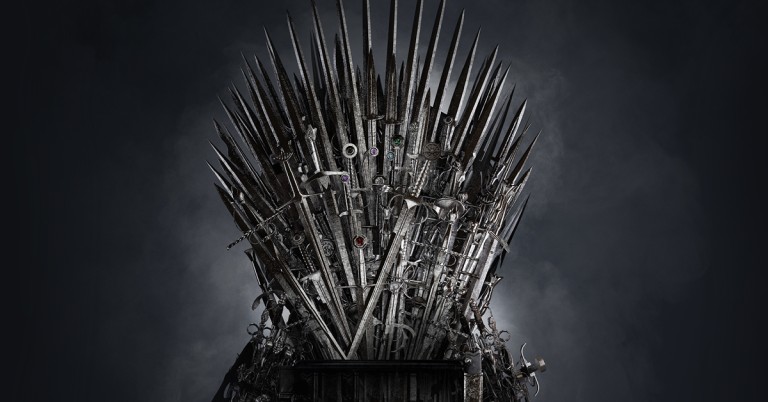When the average Joe survives a stroke, it usually doesn’t make the paper or network news, or flash across social media. When it happens to a celebrity or a professional athlete, the spotlight can be bright. The result of their stories is the spreading of important information about stroke, about getting help fast, and about amazing recoveries.
Lehigh Valley Health Network and Lehigh Valley Fleming Neuroscience Institute treat the highest number of stroke patients in the region. Lehigh Valley Hospital–Cedar Crest was certified as a comprehensive stroke center, one of the first in the U.S., 12 years ago. Several other LVHN hospitals are designated as primary stroke centers or acute stroke ready hospitals, meaning they have special procedures to rapidly diagnose and treat a stroke emergency.
“Lehigh Valley Fleming Neuroscience Institute is the gold standard for stroke care,” says Steven Lewis, MD, Neuroscience Institute Physician in Chief. “Just as important as stroke care is stroke prevention. About 80% of strokes are preventable by reducing risk factors, including high blood pressure.”
May is National Stroke Awareness Month, so let’s recap some celebrity and athlete stroke survivor journeys to learn more about brain attacks.








